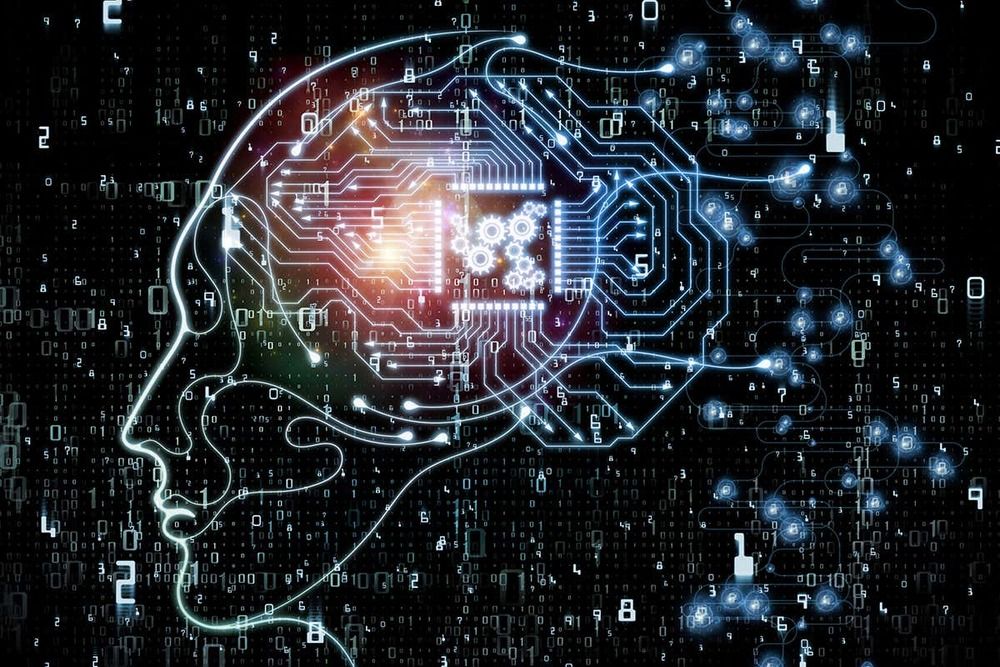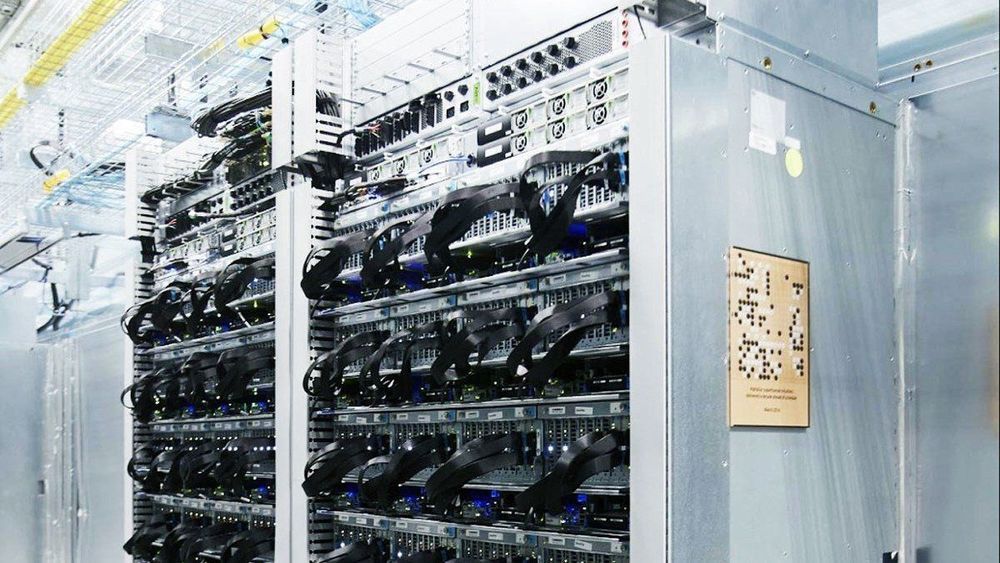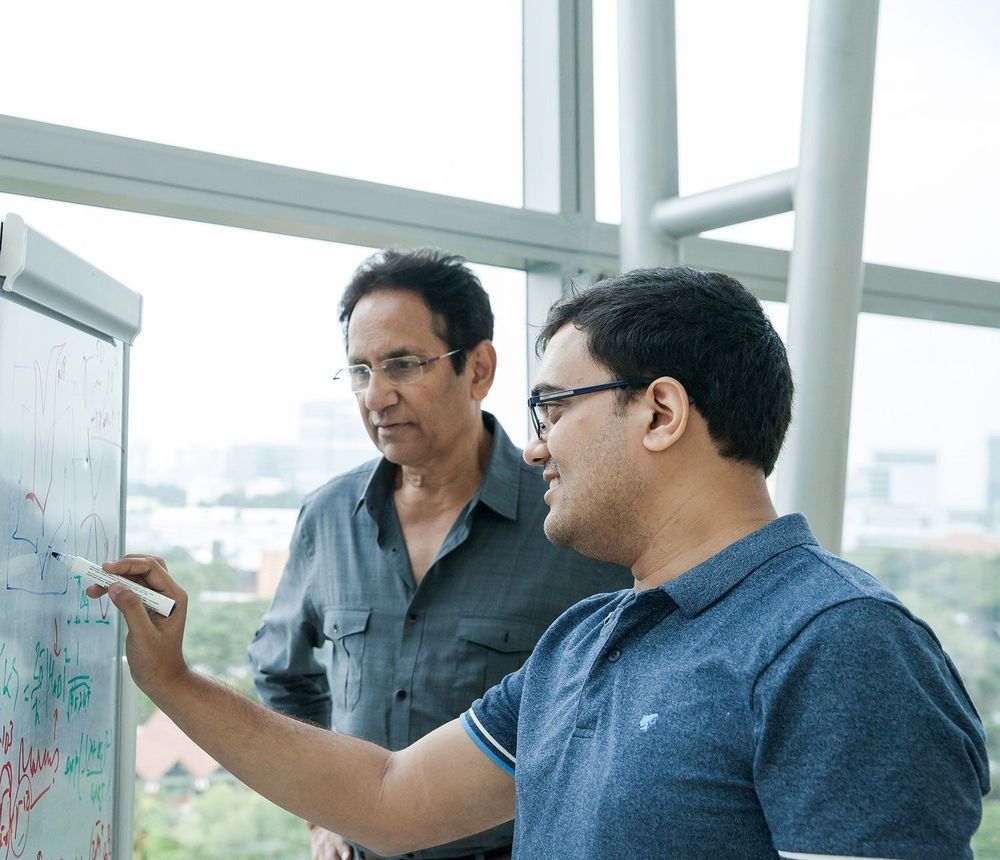Quantum computers will revolutionize information technology, ushering in an era where certain types of calculations will be performed with almost unimaginable speed. Practical applications will include healthcare disciplines such as molecular biology and drug discovery; big data mining; financial services such as portfolio analysis and fraud detection; and artificial intelligence and machine learning.
The federal government is helping to create an environment in which quantum computing innovation and experimentation can flourish. The National Quantum Initiative Act puts $1.2 billion into the quantum research budgets of the Energy Department, the National Institute of Standards and Technology, NASA and the National Science Foundation. The law also outlines a 10-year plan to accelerate the development of quantum information science and technology applications.
Meanwhile, The White House’s Office of Science and Technology Policy is working to ensure that economic growth opportunities and opportunities for improving the world are baked into quantum policies and systems.








